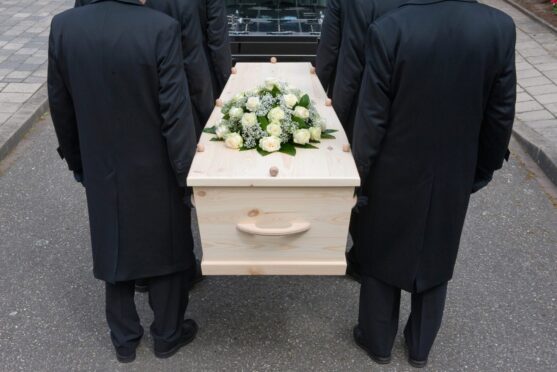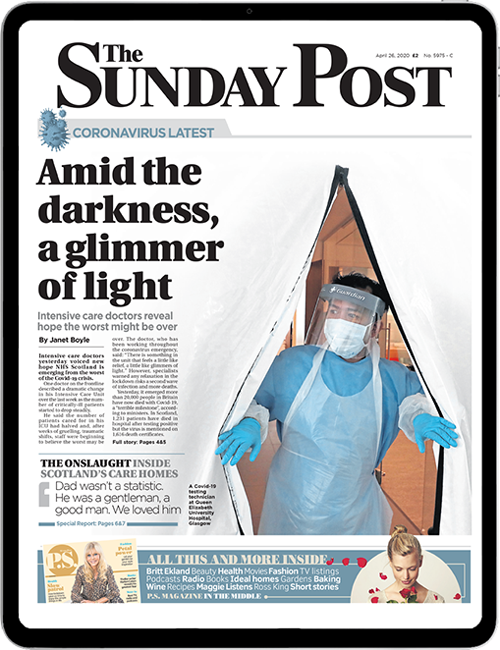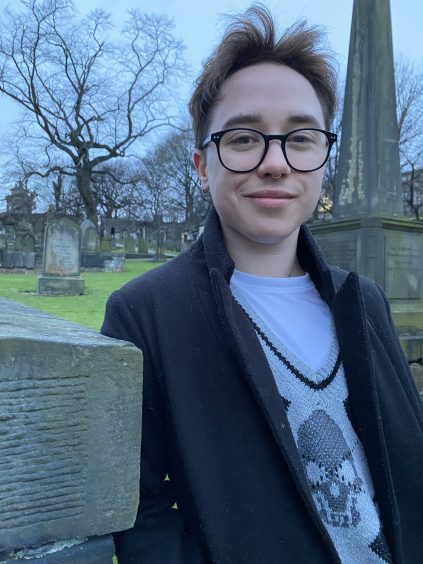
It’s one question that we all have to have an answer for but is often a difficult conversation starter – what do you want to happen to your body after you die?
For over 120 years in the UK, there have only been two options: burial or cremation.
But as the financial and environmental implications of what happens to us when we’re gone are being brought into focus as much as the choices we make while alive, our final goodbye is becoming a stage for innovation and creativity.
From processes that use water to human composting, in which microbes convert the body into soil, alternatives to burial and traditional cremation are beginning to gather momentum across the world.
As funeral costs reach record highs and current methods have harmful impacts on the environment, an event at the Edinburgh Science Festival aims to further open up discussions on what should happen to our bodies after we die.
Disposing of the Body, which takes place on Tuesday, will see a panel of experts lifting the shroud on the fascinating and often taboo topic of alternative post-mortem care.
Challenging traditions
“It’s such an interesting subject at the moment,” said Cat Irving, Human Remains Conservator at Surgeon’s Hall Museums, who is one of the panellists.
“We’re really starting to look at challenging the traditional ways of disposing of bodies, the idea in recent times that you go in the ground and be there forever.
“Historically, they never had such grandiose ideas. You’ll see in any Victorian graveyard that they had lots of burials in the same grave, but now people are used to this very strict idea that you get buried in your grave in perpetuity, an almost sacrosanct space.
“Do we really want to be embalmed in a concrete box forever, or do we want to be in something that’s a bit more natural? Do you want to be burned in an expensive coffin at inordinately high temperatures, which are environmentally unsound, possibly releasing mercury into the air if you had that type of fillings?
“As we are in so many elements of society, we’re starting to think that maybe there’s something better we can do.”
Water cremation
The most likely alternative method to be introduced in the near future is alkaline hydrolysis or water cremation.
Co-op Funeralcare said last year that they hoped to work with Resomation, a Scottish-founded company providing the service in the US, Canada and Ireland, once legislation is in place to allow use in the UK. The Scottish Government launched a consultation on it last summer.
The method sees the body enclosed in a chamber, where pressurised water and a small amount of potassium hydroxide is introduced to create a sped-up version of what happens naturally to the body during decomposition.
After the cycle, which takes around four hours, soft bones are left which can be reduced to a powder similar to ashes.
In South Africa, Archbishop Desmond Tutu opted for the eco-friendly option for after his death in 2021.
“Our funeral services are still in a sort of Victorian-based hangover,” explained Jasper Chanter, who will share their expertise from working in funeral arrangement and hosting the Deathinitions podcast at the Edinburgh event.
“We’re still coming out of that. A lot of our funeral traditions only really date back a couple of hundred years. The late Victorian period was where cremation came in.
“There’s a really interesting history all over the world to different body disposal methods, whether it’s sky burials in the Zoroastrian tradition or all sorts of other options. For me, the big thing is choice and having as much as possible.”
Opening up conversations
Jasper hopes conversations around compassionate and practical body disposal can become more open, with it being one of the most important decisions we’re likely to make in our lives – and one we’re not around for actually happening.
“It’s really normal to have questions and to be unsure. One of the reasons I wanted to do this event was that there are so many harmful myths out there around death and it scares people and stops them from speaking.
“It’s about education and being honest with people and saying no question is a stupid question.
“Hopefully it’s going to become more accessible for people in the near future to have both an eco friendly and affordable funeral.”
Disposing of the Body, which takes place at the National Museums of Scotland on Tuesday, is chaired by BBC health and science presenter Laura Foster.
It will also feature forensic anthropologist Prof Anna Williams, an expert on another potential method of disposal, the body farm, where people can donate their remains to be studied by scientists.
Currently, you can donate your body to five universities in Scotland.
“This can and should be a discussion that you have with your family so they know they know what you want,” Cat added.
“We are all going to experience it, both for the people we love around us and ourselves. So it is an important conversation to have and it’s so hidden away from public view at the moment.”
Disposing of the Body, National Museum of Scotland Auditorium, April 2.

Enjoy the convenience of having The Sunday Post delivered as a digital ePaper straight to your smartphone, tablet or computer.
Subscribe for only £5.49 a month and enjoy all the benefits of the printed paper as a digital replica.
Subscribe
 © Supplied
© Supplied